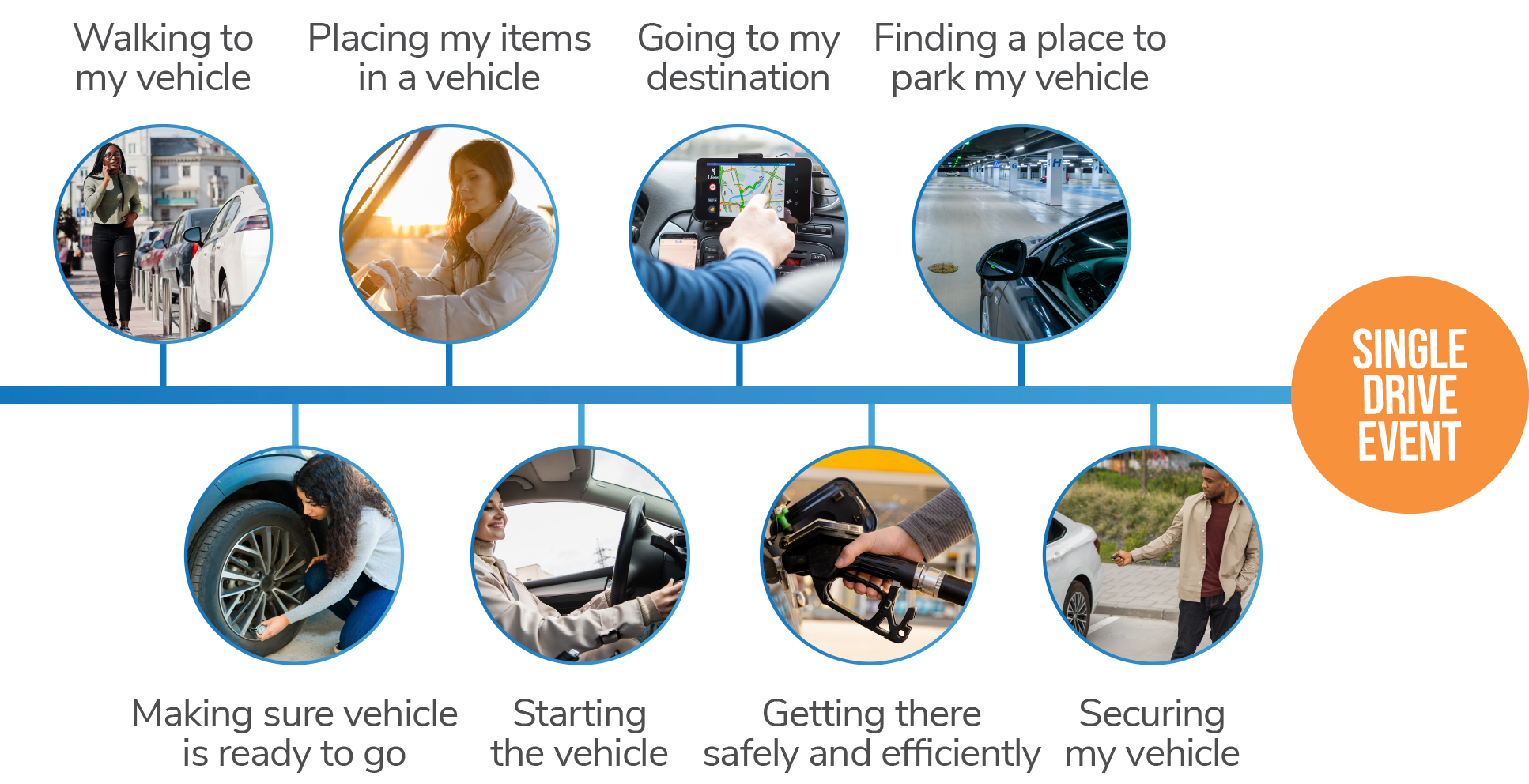EXECUTIVES INSIGHTS
What Are You Trying to Solve? It Always Starts with Your Customer’s Pain Points
Key takeaways from a presentation by Vishnu Jayamohan
Introduction
Companies want to focus on new ideas, yet driving those ideas to success in the marketplace can seem impossible to execute. Starting with a holistic customer-first approach and understanding what unmet customer needs you are really trying to solve for are the keys to going from a collection of ideas to an innovative experience that excels in the marketplace.
Action Items
- Develop a mindset in which the holistic customer experience comes front and center in driving your new innovations
- Cultivate a culture in which technical breakthroughs support the future customer’s unmet need – not innovation for innovation’s sake
- Empower your team to work in an agile and cross-functional manner to prove the value of your customer-first led approach
Vishnu shared his working definition of innovation: it solves an unmet need, identifies who the target customer is, and is a viable business proposition for the business and the customers. His presentation covered:
- The customer journey – it helps to “fall in love with the problem”
- Understanding what innovation is – it’s not a technical solution
- Learning from failures: products and services that broke through but didn’t quite succeed
Key Takeaways
- Too often we jump to the technical solution before we understand the product
- Understanding unmet needs requires understanding the entire customer journey
Use Case Study: Understanding the Customer Experience and Addressing Pain Points
It’s important to determine how you envision your target customer interacting with your product. How can you solve key pain points without inadvertently creating new pain points or making existing ones worse?
In the automotive industry, there are specific steps involved before, during, and after each “drive event.” A trip includes walking to the vehicle, making sure the vehicle is ready to go (e.g., removing snow), placing items in the vehicle, starting the engine, going to the destination, getting there safely and efficiently, finding a place to park, then securing the vehicle.
Examples of innovations that addressed pain points include Uber – no need to park, OnStar –telematics for routing, safety, vehicle location in parking lot, remote starting in snow, and Tesla –Nissan didn’t understand pain points with electric vehicles. Some in the auto industry made the volume knob a victim of “innovation.” It became part of digital display, which took away the tactile part of it and forced drivers to take their eyes off the road.
Understanding “Unmet Needs” Requires Understanding the Entire Customer Journey

Segway was supposed to revolutionize transportation for short trips, perhaps as a replacement for walking, but it didn’t solve any customer pain point. Why do we need to self-balance? Why make walking “wider” on sidewalks that are already crowded? Why is it heavy?
In another example discussed, the Beyond Meat Burger company didn’t quite understand the unmet customer need either. There wasn’t enough of a consumer base interested in the environmental impact of beef production. The company missed on the health aspects of the product because the mindset of someone open to a plant-based meat alternative is primarily health-driven. Consumers perceived Beyond Meat Burger as a highly processed product that was not particularly healthy. This was a great technical solution in the making but missed on understanding the customer pain points. Ultimately, Beyond Meat Burger reworked its recipe to better address the customer’s pain points.
Final Thoughts
If you can’t make the experience better, don’t invest in that innovation. Innovate to address top pain points on the customer journey.


Recent Comments